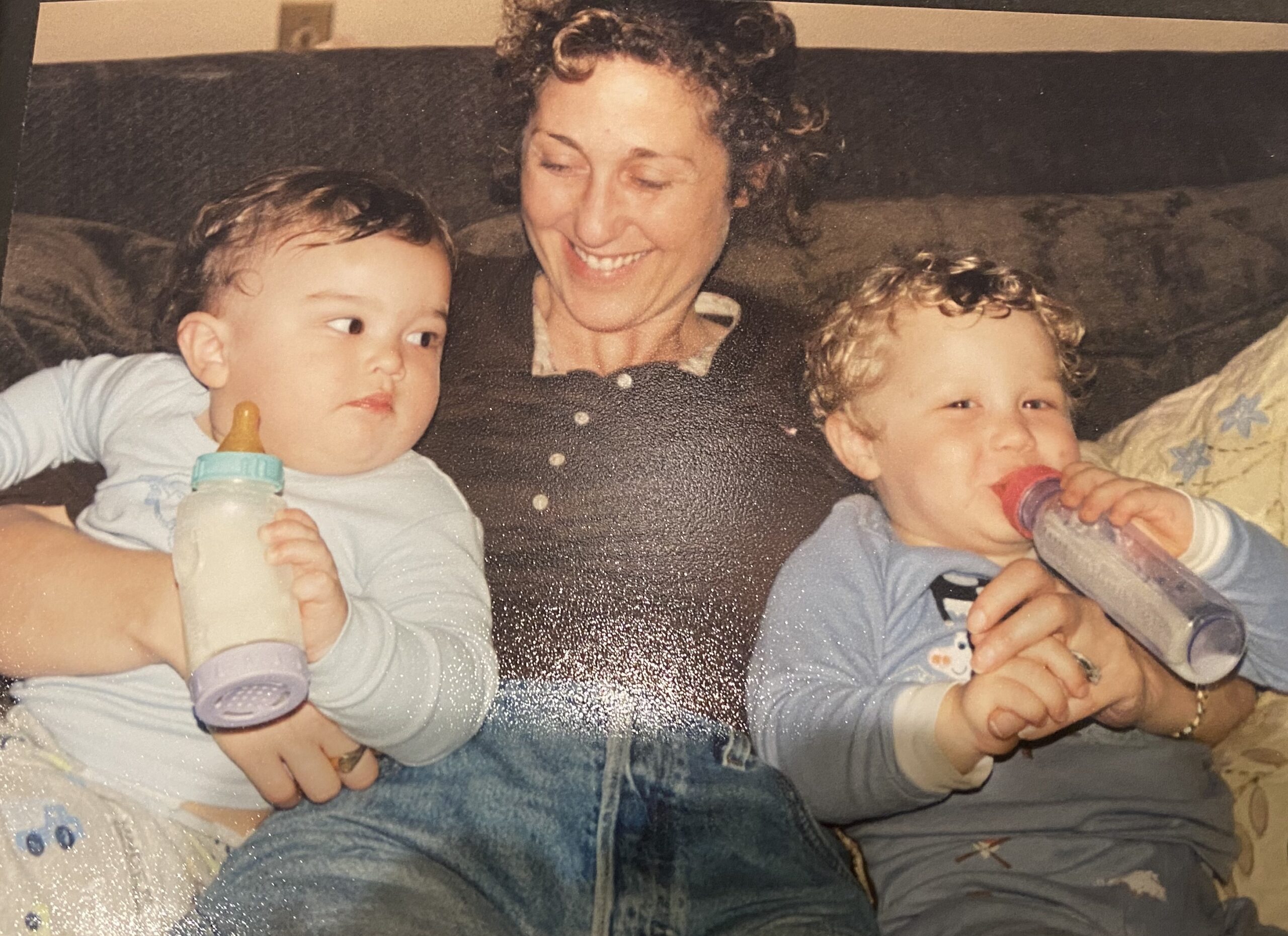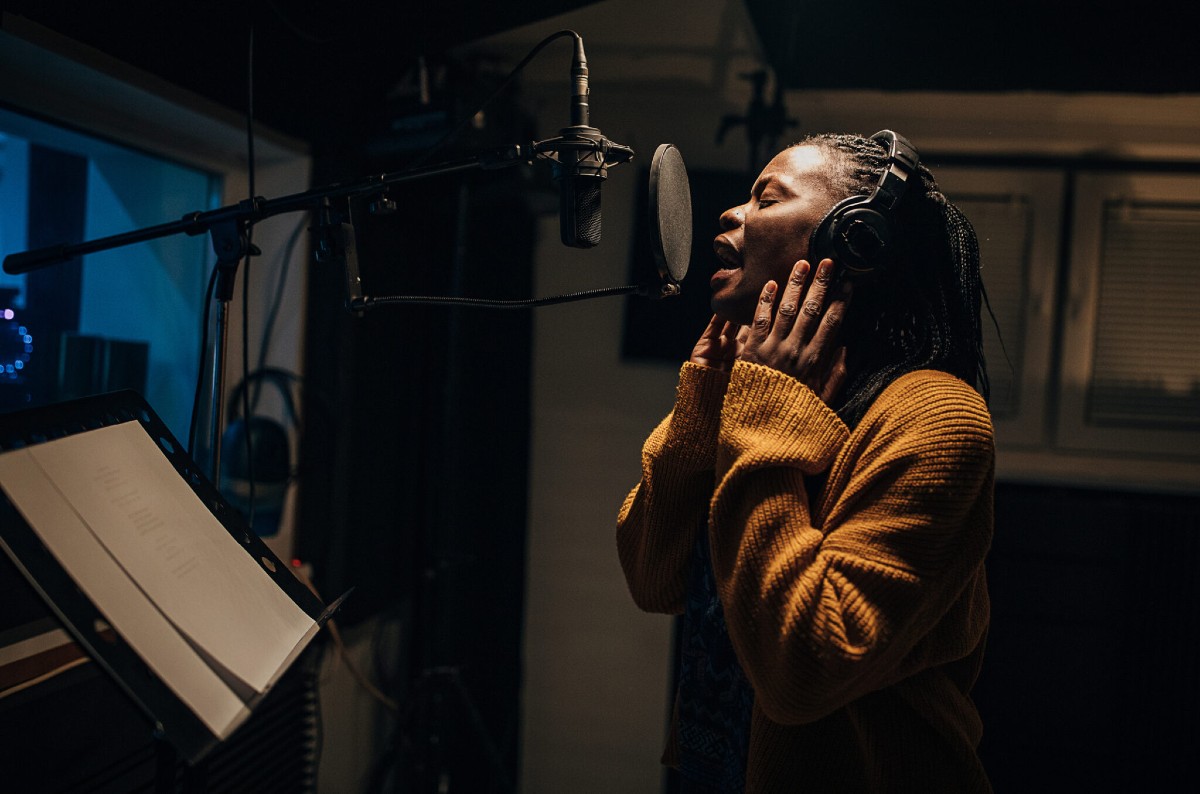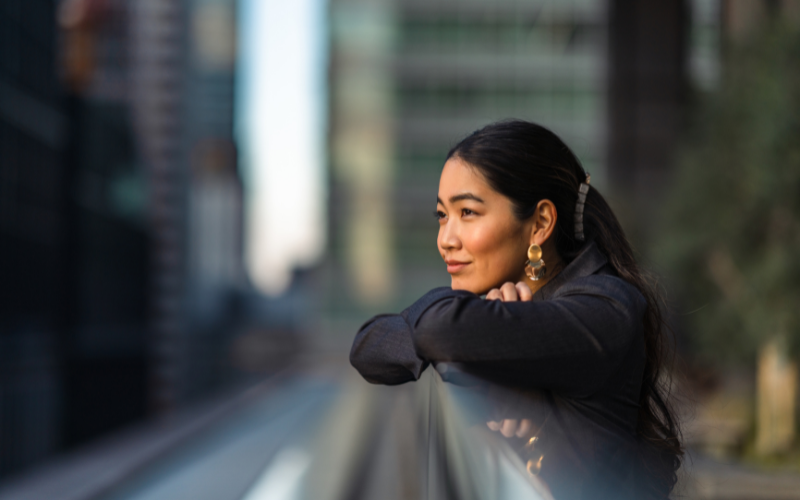This blog post, published in June of 2020, shines a spotlight on some LGBTQIA+ women of color that have stood at the forefront of gay activism over the years. Some of them enjoyed notoriety and are celebrated to this day; others have stood in the background, silently enacting change behind the scenes with little praise from the public. We have achieved some remarkable strides in the past 50 years, but we are not done yet!
It is still more difficult for a trans woman of color to get a job than any other demographic, with unemployment rates being three times higher among the transgender community than that of the US population. More than 1 in 4 transgender people have lost a job due to bias. 90% of transgender individuals have encountered some form of harassment or mistreatment on the job. 47% percent of trans people have experienced an adverse job outcome because of their identity, including being passed over for a job or being denied a promotion.
So with this post, we celebrate how far the LGBTQIA+ community has come, but we would be remiss if we failed to acknowledge the fact that there is still work to be done. Disproportionate counts of physical and verbal violence are committed against the trans community on a daily basis, particularly trans women.
Recognizing LGBT Women of Color Over the Years
As Gay Pride Month comes to a close during one of the most momentous years in the history of the LGBTQ rights movement, we look back on some of the milestone achievements for the LGBTQ community, and some of the inspiring people who made them possible. Though, this year, we would like to focus on the queer women of color who made the freedoms that the rest of the community enjoys today a reality. For too long, the only common household name for LGBT rights has been Harvey Milk, the first openly gay elected official in California. While Harvey Milk made and represented huge strides for the gay community, he was by no means the father of the LGBT rights movement. Here is a brief timeline of some of the LGBT women of color that you should know.
As a disclaimer, the extent to which that queer women of color have been involved in activism and the fight for equality is so far-reaching, this is by no means a complete list. This is a group of people who had stood at the forefront of this movement, women who threw the first stone when people didn’t know they had a stone to throw, women who protected and loved their community so much that they changed the way the country thought about LGBT rights. While this is a workplace culture blog, we know that there is a strong case for diversity in the workplace, how it benefits your bottom line, and ultimately creates better working relationships among colleagues. With that in mind, history proves that it stands to reason that queer women of color are an obvious powerhouse, breaking glass ceilings both in and out of the workplace.

The Harlem Renaissance – Early 1900s
Gladys Bently (1907-1960) was a black, lesbian performer in Harlem that came to be known as “Harlem’s most famous lesbian” for her blues performances on the Harlem Nightlife scene during the 1920s. By the 1930s, she was regarded as one of the best black entertainers in the US, for her vocal talents and trademark top hat and tuxedo. Gladys’ openly queer appearance served as a beacon for lesbian performers everywhere and brought us one step closer to normalizing LGBT identities in popular culture.
Around the same time, Ma Rainey (1882-1939), a known lesbian and African American Harlem blueswoman was dubbed “Mother of Blues.” In 1925 she was arrested for hosting a lesbian party in her home. Rainey served as a figurehead for an insurgence of lesbian performers on the Harlem scene during the Harlem Renaissance, opening up her home as an African American Lesbian safe space for art and culture.
Trailblazers Abound
Audre Lorde (1934-1992) was an African American Poet and a self-described “black lesbian mother warrior poet” became known for her art encapsulating issues of sexuality, civil rights, and women’s battles with breast cancer. Lorde was a recipient of the American Book Award, and the inspiration behind the foundation of Kitchen Table: Women of Color Press, the first U.S. publishing agency made by, for, and about women of color. Lorde is currently honored by the Audre Lorde Award, which acknowledges works of lesbian poetry since 2001.
Stormé DeLarverie (1920-2014) was a biracial, butch lesbian known for her activism in the LGBTQ Community and fundraising for women who suffered domestic violence and their children. Stormé rose to queer stardom for her performances as the sole drag king in the Jewel Box Revue (debut 1939), the very first racially integrated drag revue in North America.
What is means to be a Civil Right activist
A couple of names you need to know: Marsha P. Johnson and Sylvia Rivera. These two stood at the forefront of the 1960’s LGBT Campaign for equality and civil rights. In the late 60’s the Stonewall Inn in New York City served as a safe gathering place for the local queer community. It was also a hot spot for police raids and arrests. Gay, lesbian, and trans people were regularly accosted by police for charges such as disorderly conduct, resisting arrest, and occasionally assault. By 1969, tensions were high, and many of us know how this story goes.
Marsha P. Johnson and Sylvia Rivera were two transgender women of color known as key figures of the Stonewall Riots in 1969, which has since been acknowledged as the first-ever Gay Pride March. Fifty years later, they are scheduled to be memorialized with a statue in Ruth Wittenberg Triangle, New York City for their community activism, work on behalf of LGBTQ youth, and commitment to serving victims of HIV/AIDS. These two trans, drag performers threw the first stone (which was actually a shot glass) at a riot that has served as a pivotal, defining moment for LGBT rights in this country and the world over.
This brief (very truncated) list of notable queer women of color would be incomplete without the mention of Miss Major Griffin-Gracy (born 1940). Gracy, who came to be affectionately known as Miss Major, is a black transgender woman who has overcome a number of hurdles that lit a fire under her, inspiring her activism for the trans community. A history of homelessness and incarceration has turned her into one of the most active organizers and eventual director of the Trans Gender Variant and Intersex Justice Project (TGIJP), based in San Francisco. Miss Major continues to be an outspoken activist, calling for prison reform on the basis that the US prison system contributes to the disproportional incarceration of transgender individuals, particularly trans people of color and those with low incomes.
LGBTQ Women of Color in Politics
Barbara Jordan was elected to the first African American elected to the Texas Senate in 1966, and both the first Texan woman and the first Texan African American to have been elected to Congress in 1972. Though she was not legitimately outed until she passed in 1996, she was very open about her long time life partner, Nancy Earl. Jordan’s extensive political career included a renewal of the Voting Rights Act of 1965, which expanded voting rights to cover language minorities and the Community Reinvestment Act of 1977, which required banks to lend to poor communities. She also chaired the U.S. Commission on Immigration Reform which “decrie[d] hostility and discrimination against immigrants as antithetical to the traditions and interests of the country.”
Andrea Jenkins is truly an inspiration, being the first openly transgender black woman to be elected to public office in the United States. Jenkins was one of two trans women to win a seat on the Minneapolis City Council in November 2017. She is still early in her political career, and we look forward to watching her break glass ceilings for trans women of color in politics for years to come.
Lori Lightfoot is currently the Mayor of Chicago, and both their first black female Mayor, and–a lesbian woman–the first LGBTQ Mayor Chicago has ever seen. Elected in May 2019, Lightfoot won her seat in a landslide victory across all 50 of Chicago’s wards. In her time in Office, she has worked tirelessly to end poverty in Chicago and push for police reform.
While we cannot stress enough that this list is not exhaustive, let it serve as an example of the power and fortitude that LGBTQ Women of Color provide to the queer community. These iconic ladies have fought tooth and nail for the rights that LGBTQ members of society enjoy today. In the wake of a monumental Supreme Court Decision in favor of LGBT workers’ rights, we thank them for their resilience, perseverance, and leadership this Pride Month and always.
Find out how you can become a better ally to the LGBTQ and Black communities with these new resources: Black Lives Matter Microlesson, How to be an LGBTQ+ Ally at Work, and How to Take #ActionforEquality.








